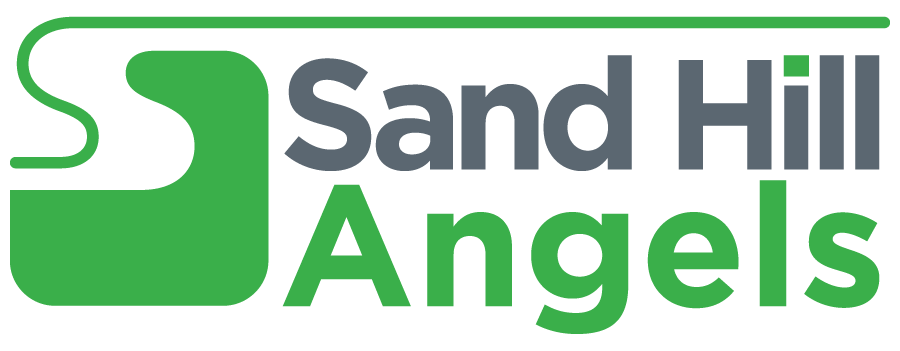Post-Money SAFEs: Investor-Friendly Option
For many years startup founders raised their early finance rounds using convertible notes. The legal costs and negotiation time for priced rounds were prohibitive. In late 2013 Y Combinator introduced the original SAFE, which stands for “Simple Agreement for Future Equity”. These became popular throughout the Silicon Valley, along with 500 Startups’ KISS (Keep It Simple, Stupid) variation, but they had some drawbacks that disturbed some investors, which could sometimes hamper a founder raising as much as she wanted. Many investors, including our colleagues at other elite angel groups, rejected the idea of ever using SAFEs. To correct these deficiencies, in late 2018 Y Combinator introduced the “post-money SAFE,” which has addressed most of the investor concerns but also made some changes which were beneficial to entrepreneurs too. (YC got tired of using upper case for the word “Safe” but most still use the uppercase SAFE.)
Original SAFE Notes
The original SAFE, written by corporate and securities attorney Carolynn Levy, was meant to address her belief that “Angels don’t want to be lenders, and startups don’t want to be borrowers.” In subsequent years, the SAFE has been widely adopted, with some estimates as high as 50% of the fund raises in the San Francisco Bay Area, although still a lower percentage elsewhere in the United States. Ventures in Canada reportedly have also made use of Safes.
The original SAFEs offered several important advantages over convertible notes and priced Series Seed equity rounds, including: no need for simultaneous closing; flexible, one-document security; delayed valuation; lower legal costs; limited number of elements to negotiate; and no maturity date that might require extensions. The elements to negotiate were primarily (i) the valuation cap; (ii) the premoney discount, if any, and (iii) perhaps a Most Favored Nation (MFN) clause. Editing of SAFEs is considered to violate the spirit of the SAFEs — i.e., to avoid unnecessary and often prolonged and expensive negotiations.
Concerns About SAFE Notes
There were, however, significant downsides to the original SAFEs, especially for investors. A SAFE is not debt, so investors have no collateral; in some cases the SAFE may never convert to equity nor trigger payback to investors. There is no requirement to pay dividends to SAFE holders, even if paid to shareholders. They do not accrue interest, which could lead to lower returns. There is no minimum requirement for the size of an equity round to trigger conversion, which can end up being harmful to investors. And if the company conducts multiple SAFE rounds prior to a priced round, the early investors, as well as entrepreneurs, can suffer significant dilution.
In addition, the SEC has concerns about the original SAFEs. For one, the SEC apparently does not like the name “SAFE,” as it implies it is a safe investment. They are concerned about the link between SAFE notes and crowdfunding, and whether those investors in crowd funded deals which use SAFEs will get a bad deal. And they worry that companies that fail to reach a valuation event will leave SAFE investors with useless paper.
Enter New Post-Money SAFE Notes
With a couple years of experience using SAFEs over hundreds of YC ventures, Y Combinator launched the Post-Money SAFE in October 2018. YC had observed the changes in how early-stage companies raised money, for example, in multiple seed rounds, providing multi-year runways. YC published a Safe User Guide, which is available on the YC site, and which includes sample calculations and a rationale for the various changes. (It replaced the “Primer,” - YC stopped using the word “Primer” because they “couldn’t agree on how to pronounce it.”) Wilson Sonsini Goodrich & Rosati, one of Sand Hill Angels’ partners, recently published A Founder’s Guide to Y Combinator’s Post-Money Safes, which states that Post-Money SAFE notes are fine for founders so long as they take appropriate precautions in setting the terms of the note. Negotiating the right valuation cap can prevent dilution, and a lower conversion trigger can provide flexibility in the next funding rounds.
The biggest change in the notes is that the cap is now “post-money”, which refers to the valuation “post” all the SAFE rounds and immediately after the investment is made. YC uses this example: if a company is raising $2 million at a $10 million pre-money valuation, generally that’s the same as saying that it is raising $2 million at a $12 million post-money valuation, This makes the calculation cleaner, even in the case of multiple SAFE rounds at different post-money caps and discounts. Y Combinator also made pro-rata rights optional, addressed if needed in a standard side letter. (Note that Sand Hill Angels typically insists on using a pro-rata side letter.) Although there is yet to be a clear ruling on this, many investors believe the clock on QSBS (Qualified Small Business Stock) starts on the SAFE purchase date, which would be good news for investors.
SAFE Notes May be the Future?
David Lambert, a founder of Right Side Capital Management (a Sand Hills Angels portfolio fund) says “...overall, it seems the use of SAFEs is steadily becoming more common over time, so it wouldn’t surprise me if it becomes the de facto standard 4-6 years from now.” Many of us at Sand Hill Angels share that view, and believe our members are more supportive of investing in the post-money version of SAFEs. Recently at SHA we saw a SAFE intended to serve as a bridge from a Series E to a Series F round, and listed the post-money valuation cap at over $1 billion, which was a mildly shocking indication that the SAFE has arrived.
Craig Harding specializes in in-house legal work, corporate financings, stock option administration, intellectual property, HR, and sales and marketing issues. He has been a member of Sand Hill Angels for four years, and is also a member of Life Science Angels and Band of Angels.


